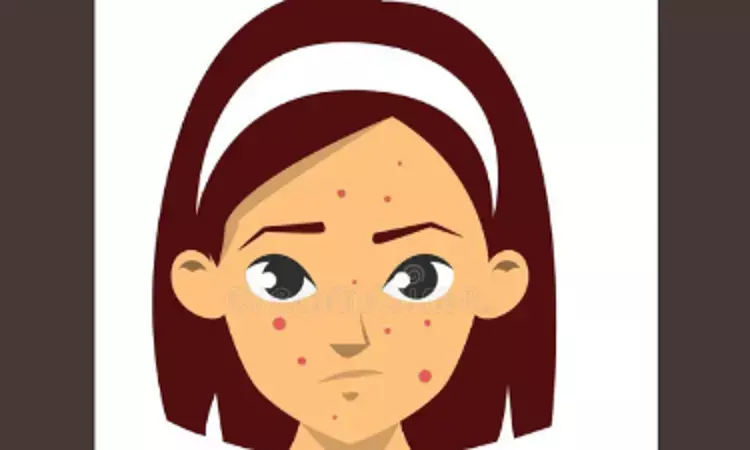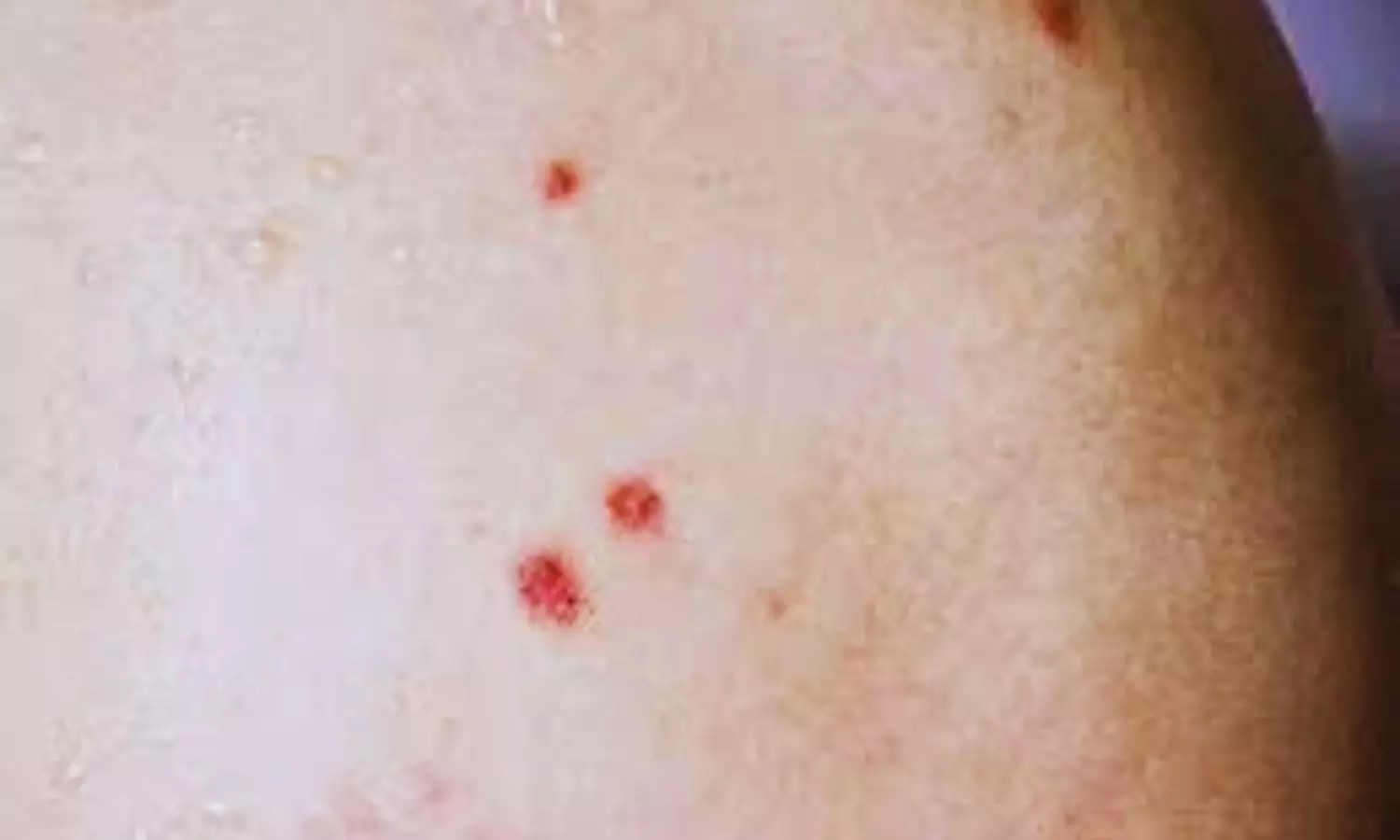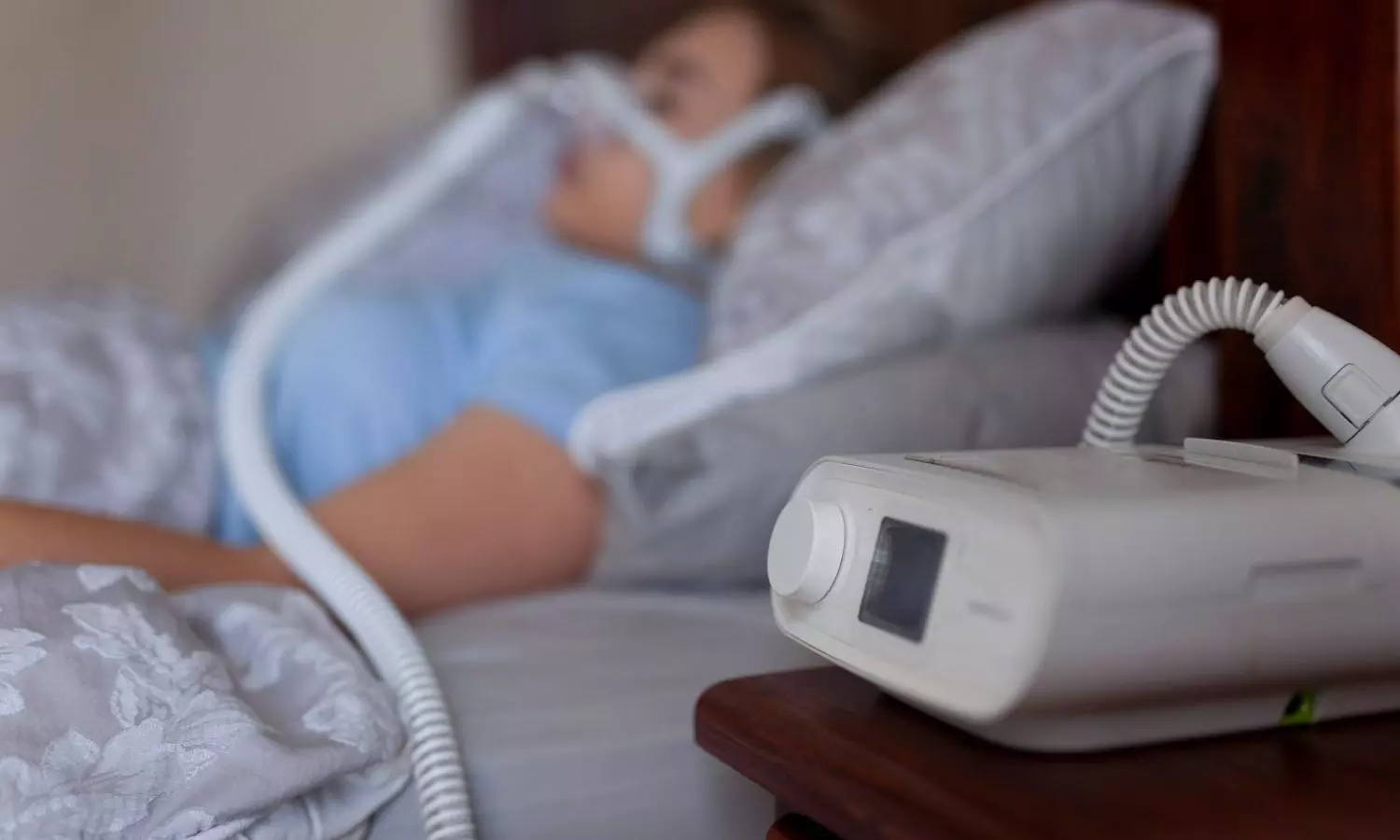- Home
- Medical news & Guidelines
- Anesthesiology
- Cardiology and CTVS
- Critical Care
- Dentistry
- Dermatology
- Diabetes and Endocrinology
- ENT
- Gastroenterology
- Medicine
- Nephrology
- Neurology
- Obstretics-Gynaecology
- Oncology
- Ophthalmology
- Orthopaedics
- Pediatrics-Neonatology
- Psychiatry
- Pulmonology
- Radiology
- Surgery
- Urology
- Laboratory Medicine
- Diet
- Nursing
- Paramedical
- Physiotherapy
- Health news
- Fact Check
- Bone Health Fact Check
- Brain Health Fact Check
- Cancer Related Fact Check
- Child Care Fact Check
- Dental and oral health fact check
- Diabetes and metabolic health fact check
- Diet and Nutrition Fact Check
- Eye and ENT Care Fact Check
- Fitness fact check
- Gut health fact check
- Heart health fact check
- Kidney health fact check
- Medical education fact check
- Men's health fact check
- Respiratory fact check
- Skin and hair care fact check
- Vaccine and Immunization fact check
- Women's health fact check
- AYUSH
- State News
- Andaman and Nicobar Islands
- Andhra Pradesh
- Arunachal Pradesh
- Assam
- Bihar
- Chandigarh
- Chattisgarh
- Dadra and Nagar Haveli
- Daman and Diu
- Delhi
- Goa
- Gujarat
- Haryana
- Himachal Pradesh
- Jammu & Kashmir
- Jharkhand
- Karnataka
- Kerala
- Ladakh
- Lakshadweep
- Madhya Pradesh
- Maharashtra
- Manipur
- Meghalaya
- Mizoram
- Nagaland
- Odisha
- Puducherry
- Punjab
- Rajasthan
- Sikkim
- Tamil Nadu
- Telangana
- Tripura
- Uttar Pradesh
- Uttrakhand
- West Bengal
- Medical Education
- Industry
Preadolescents with higher socio-economic status present frequently with acne diagnosis

Minnesota: Researchers from Minnesota found that preadolescents with acne diagnosis have higher socioeconomic status than those without acne diagnosis. The study results were published in the journal Pediatric Dermatology.
Acne is a prevalent condition, affecting the majority of people most often during adolescence or at some point in their lifetimes, Acne has also become increasingly common among preadolescents. Diagnosis and management of acne are of prime importance to have a better quality of life in preadolescents. As there is limited research on the potential relationship of socioeconomic status (SES) with acne in preadolescents, researchers have conducted a study to assess the possible relationship between SES and preadolescent acne.
A population-based retrospective cohort study was carried out in Olmsted County, Minnesota. Using the Rochester Epidemiology Project, children with an initial acne diagnosis between 7 and ≤12 years of age from 2010 to 2018 were taken into the study. Nearly 604 patients met the criteria and 2 sex- and age-matched controls without an acne diagnosis from the county were randomly selected for each acne case. Socioeconomic status was evaluated using individual HOUsing-based SocioEconomic Status Index (HOUSES) derived from real property data. It is represented as four quartiles with a higher quartile representing higher SES.
Key findings:
- There was a significant difference in HOUSES distribution between cases and controls (p = .001); a higher proportion of acne cases were in quartile 4 (42.2% vs. 32.7%), indicating higher SES.
- No significant difference was seen in race and ethnicity between cases and controls.
- Among cases and controls, 74.5% and 72.3% were White, respectively.
- Study limitations include its retrospective design, only patients who visited a physician were included, and Olmsted County residents are largely non-Hispanic White.
Despite the study limitations, the researchers concluded that Preadolescents with acne diagnoses have higher SESs than those without diagnoses, suggesting that there may be differences in access to treatment and proper diagnosis.
Further reading: Rodriguez Baisi KE, Weaver AL, Wi CI, Shakshouk H, Tollefson MM. Socioeconomic status, race, and preadolescent acne: A population-based retrospective cohort analysis in a mixed rural-urban community of the United States (Olmsted County, Minnesota) [published online ahead of print, 2023 Mar 25]. Pediatr Dermatol. 2023;10.1111/pde.15294. doi:10.1111/pde.15294
BDS, MDS
Dr.Niharika Harsha B (BDS,MDS) completed her BDS from Govt Dental College, Hyderabad and MDS from Dr.NTR University of health sciences(Now Kaloji Rao University). She has 4 years of private dental practice and worked for 2 years as Consultant Oral Radiologist at a Dental Imaging Centre in Hyderabad. She worked as Research Assistant and scientific writer in the development of Oral Anti cancer screening device with her seniors. She has a deep intriguing wish in writing highly engaging, captivating and informative medical content for a wider audience. She can be contacted at editorial@medicaldialogues.in.
Dr Kamal Kant Kohli-MBBS, DTCD- a chest specialist with more than 30 years of practice and a flair for writing clinical articles, Dr Kamal Kant Kohli joined Medical Dialogues as a Chief Editor of Medical News. Besides writing articles, as an editor, he proofreads and verifies all the medical content published on Medical Dialogues including those coming from journals, studies,medical conferences,guidelines etc. Email: drkohli@medicaldialogues.in. Contact no. 011-43720751




